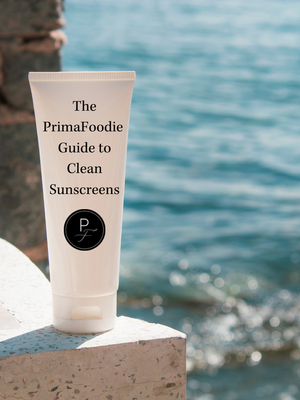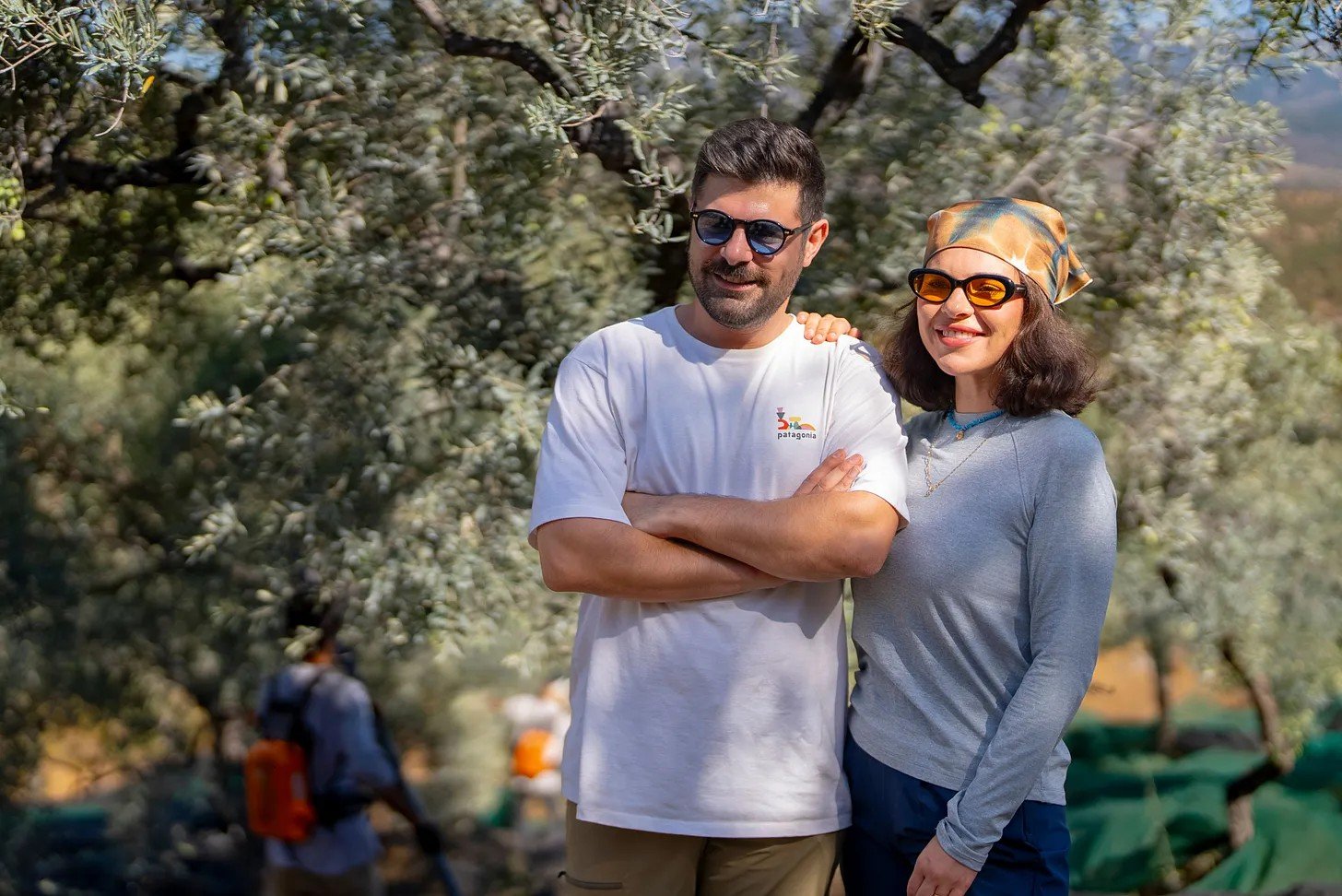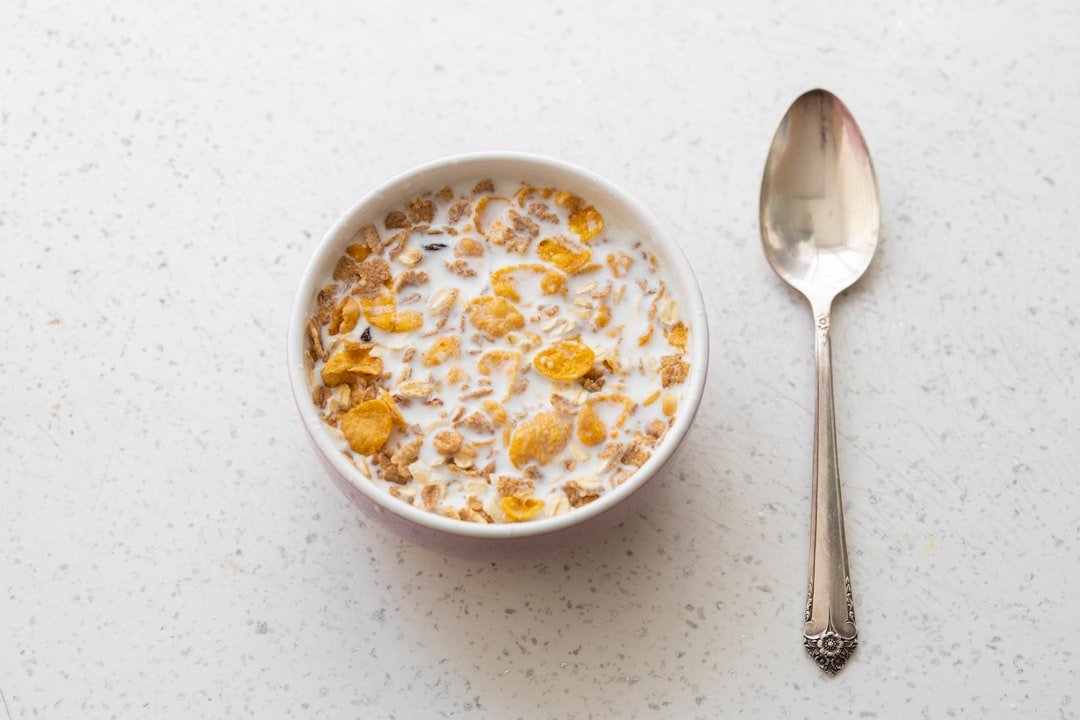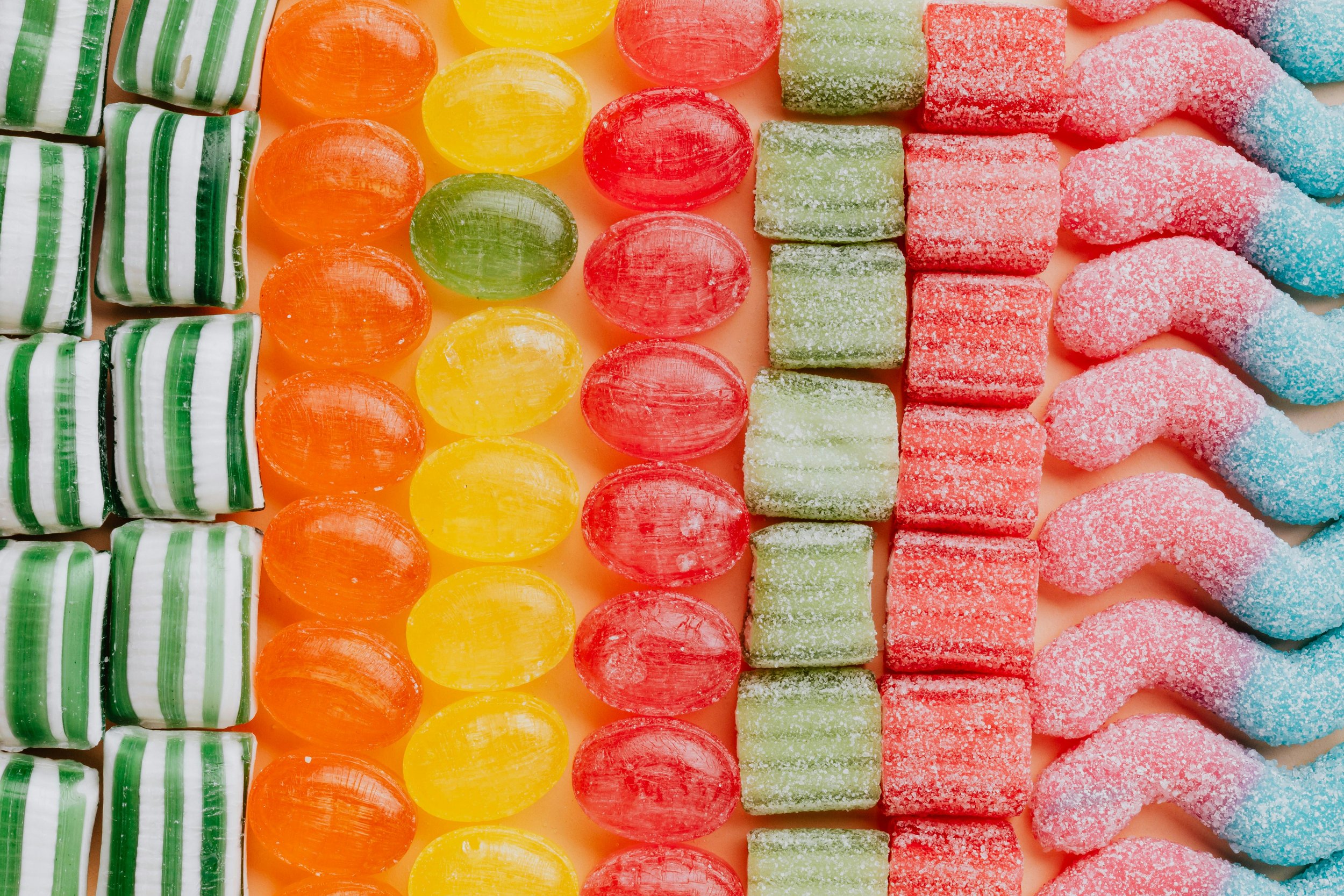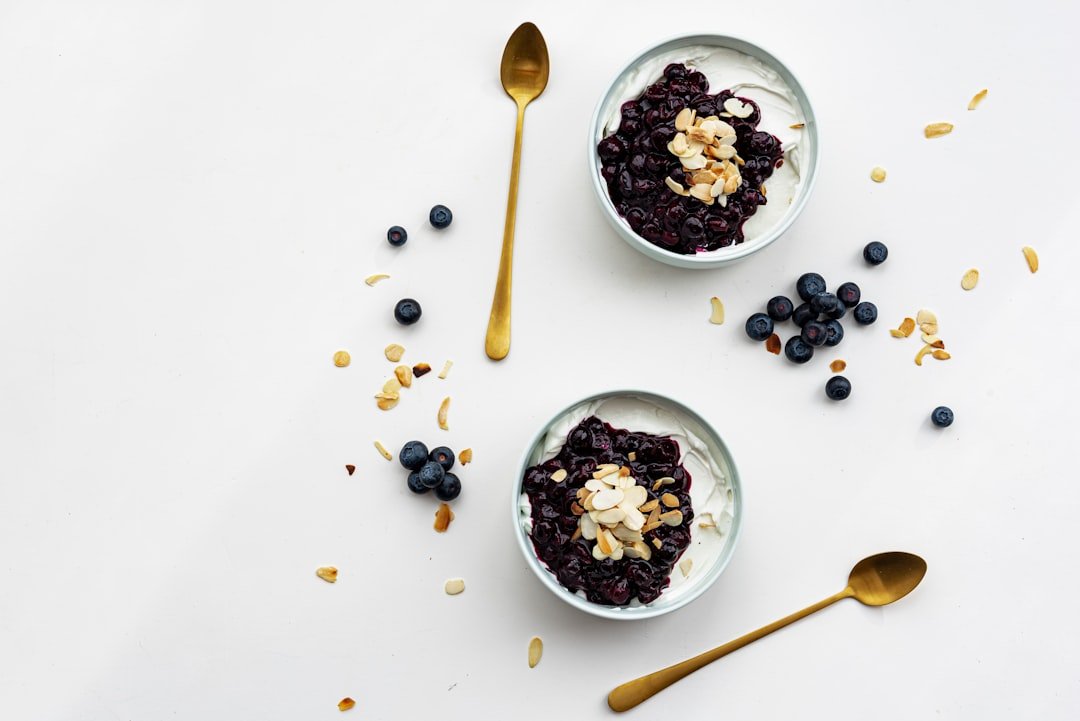PFAS Are Everywhere—but What Are They, Exactly?
You’ve likely heard of PFAS—a group of human-made chemicals found in countless products, from cookware to furniture. You’ve also likely heard that PFAS can be bad for your health. But what is less well-known are the reasons why these substances have a negative reputation. That's because there are so many PFAS, and their uses are as vast as their reach.
What Are PFAS?
PFAS stands for perfluoroalkyl and polyfluoroalkyl substances, which are human-made fluorinated compounds. Their history goes back to the 1930s, when its chemical creation was first discovered in a lab. Word caught on and manufacturers started using PFAS in various creations. By the 1950s, PFAS were ubiquitous.
Two main processes create PFAS: electrochemical fluorination, called ECF, and fluorotelomerization, which are chemical processes that produce side-chain fluorinated polymers, perfluoroalkyl acids, and polyfluoroalkyl surfactants. Scientists state that "more than 600 intermediate processes have also been used" further to make certain PFAS and the associated final products, as indicated by the Interstate Technology and Regulatory Council.
The group of PFAS is enormous and includes thousands—more than 4,700!—of chemicals, including Perfluorooctanoic acid (PFOA) and perfluorooctane sulfonate (PFOS), commonly found in drinking water.
What Is the Purpose of PFAS?
When manufacturers discovered PFAS midcentury, they quickly began incorporating them into products. Why? PFAS can bolster materials, elongating their shelf-life, durability, and resistance to grease, oils, fire, and other substances. They have been used to make nonstick cookware, water- and stain-repellent materials, clothing, cosmetics, firefighting foams, furniture, and more.
One of the most significant and well-known uses of PFAS has been in nonstick cookware. American chemist Roy J. Plunkett discovered the chemistry of PFAS by accident when he worked at DuPont Company's Jackson Laboratory in the late 1930s. Plunket was working on aiming to create new refrigerants for Duponte. According to the American Physical Society, in April of 1938, Plunkett and his research assistant, Jack Rebok, discovered a new substance in the tetrafluoroethylene cylinders they'd been using. The gas substance had polymerized—something they had not predicted—into something called polytetrafluoroethylene. "The PTFE proved to have some remarkable properties," APS states. "It was corrosion- and high-heat-resistant, for instance, and had very low surface friction."
Plunkett and other chemists at the Duponte company ultimately saw the potential for these chemicals. Its first use was in the Manhattan Project, a nuclear research program undertaken during World War II, where it was added as a coating on valves and seals to prevent corrosion. Eventually, the company and scientists branded it as Teflon, which then French engineer Marc Gregoire used to make nonstick cookware in 1954. Since then, Teflon and PFAS have been created, multiplied, and used in countless ways.
A few years later, Scotchguard was born when PFOS spilled on a tennis shoe—another accident—and left its coating repellant to dirt, oil, and water.
The Health Concerns of PFAS
So PFAS are everywhere, but what you may be wondering: What is their threat? The truth is that scientists have found these chemicals to be some of the most concerning modern substances for human, animal, and environmental health. Deemed "forever chemicals," these chemicals "build up in our bodies and never break down in the environment," reports the Environmental Working Group. Studies have linked various PFAS to cancer, weakened immunity, thyroid issues, developmental defects, and other health issues.
This is all ironic, given that Roy. J Plunkett was awarded the John Scott Award, which honors people who have contributed to the "comfort, welfare, and happiness of humankind." Yes, these substances may have made it easier for fried eggs to slide off pans and onto toast, but Teflon and PFAS have wreaked havoc on our systems and health. The Centers for Disease Control and Prevention reports that every American tested has been found to have PFAS chemicals in their blood.
Drinking water is one of the most common sources of exposure to PFAS chemicals. They could contaminate the drinking water of as many as 110 million Americans nationwide. The reason is that these forever chemicals easily leak out of products, migrate into the soil, water, and air, and never break down. The Agency for Toxic Substances and Disease Registry says that because of PFAS's widespread use and persistence in the environment, they are "found in the blood of people and animals all over the world and are present at low levels in various food products and the environment. Some PFAS can build up in people and animals with repeated exposure over time."
A 2022 study identified 57,000 sites contaminated by these chemicals in the United States. Current estimates from the Environmental Working Group show that about 200 million people may be drinking water contaminated with PFAS. The EPA shows that about 60 million people get their water from a system containing PFOA or PFOS, two of the most well-studied PFAS, at maximum levels above the new proposed limits.
How to Reduce and Avoid PFAS
We've talked about PFAS before, notably in PrimaFoodie’s The Ultimate Guide to a Nontoxic Home, and we will never stop—at least, not until they're eradicated from our homes and lives. Now, this is a tall order, given how PFAS are everywhere. They are small, scary, and lasting. But we can take active measures to reduce them from our lives.
Firstly, some municipal efforts, such as those of Yorba Linda, California, give us hope. In February 2020, the Orange County city took its groundwater wells offline due to new California regulations of PFAS. When officials found PFAS, they partnered with the Orange County Water District to construct a new Ion Exchange treatment plant to remove them.
Now, in our immediate personal lives, here are some steps to take to reduce PFAS exposure:
Divest from using brands like Scotchgard, Stainmaster, Teflon, and other companies that tout resistance to oil, water, grease, and sticking.
Steer clear of furniture, carpets, and upholstery with added stain-repellent substances.
Invest in glass food containers. Many plastic wraps and containers are coated in anti-stick and anti-grease PFAS with zero warning.
Invest in a water filter that can reduce PFAS chemicals from your tap water. The EWG has an excellent water filter guide that offers tips, products, and steps to remove PFAS from your tap H2O.
Cook as much as you can at home. Whether eating in or getting take-out, restaurants often cook on nonstick pans. Those chemicals can leak into your food.
Be discerning when purchasing makeup. Only buy from beauty brands that use clean ingredients you can pronounce.
You can find more information on PFAS and ways to remove them from your life in The Ultimate Guide to a Nontoxic Home.







